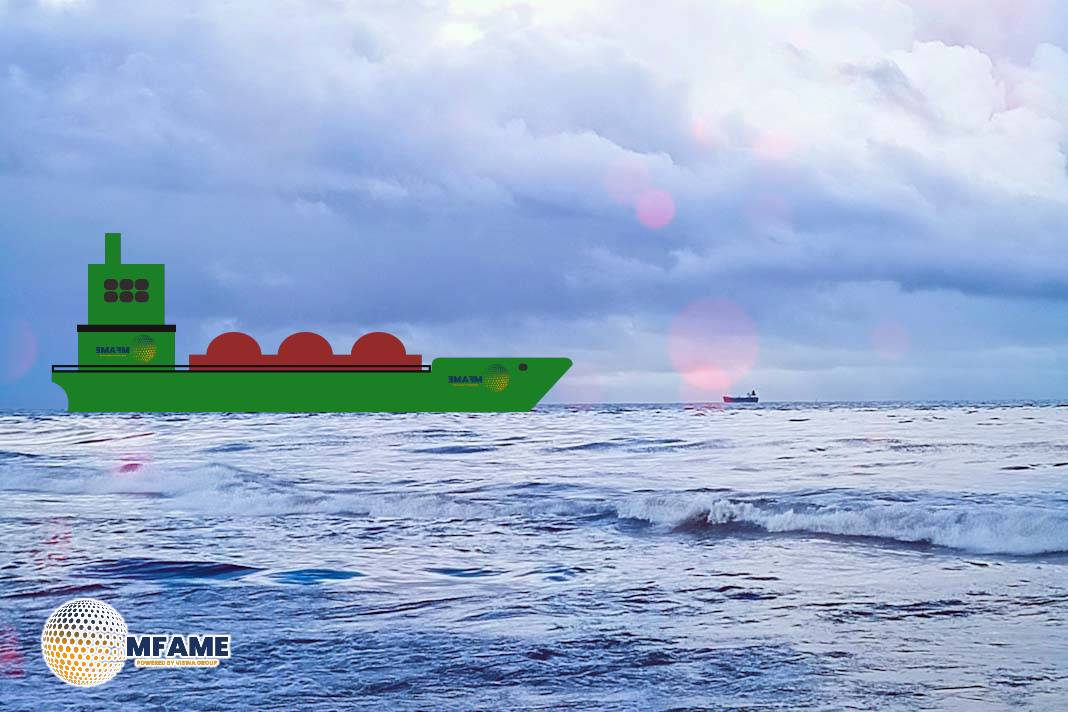- Summer Gathering Marked by Cautious Sentiment.
- Freight Rates Higher Than 2023, But Momentum Missing.
- No Catalyst Yet for a Late-Year Rally.
As the Hellenic Shipbrokers Association comes together for its summer dinner, the atmosphere feels noticeably more subdued compared to two years ago. This isn’t because of a weak market; rather, it’s the lack of clear direction. Although spot market levels are better than they were in July 2023, the current climate just doesn’t have that same energy that once sparked a widespread rally, reports Break Wave Advisors.
Reflecting on 2023: A Year of Contrast and Recovery
Back in mid-2023, the dry bulk market was under considerable strain. The Baltic Dry Index was hovering around 1,000 points, Capesize earnings dipped below $10,000 per day, and the Atlantic market was sluggish across all segments. That summer lull was soon followed by a remarkable rally in the fourth quarter, fueled by:
- A surge in iron ore shipments
- Strong demand for coal
- Late-season grain flows
This led to a reevaluation of freight rates and a boost in market sentiment, which rekindled a sense of optimism.
Mid-2025: A Stable But Stagnant Landscape
Fast forward to June 2025, and the figures show a modest improvement. The Baltic Dry Index has settled in the 1,400–1,600 range during Q2, with Capesizes earning about $15,000 per day and Panamaxes around $13,000. Supramax and Handy rates are at $12,000 and $10,000, respectively.
While earnings are higher than in 2023, they still fall short of the peaks reached during last year’s rally. More importantly, the market feels stagnant. There’s a noticeable lack of momentum in current movements, and no clear indication of the kind of surge we witnessed in late 2023.
Global Growth Holds, but Confidence Wanes
The economic landscape has changed. In 2023, there was a wave of optimism in global trade, thanks to a more relaxed monetary policy, brighter GDP forecasts, and targeted stimulus efforts from China.
Looking ahead to 2025, global growth is expected to hover around 3%, but there are some concerns:
- The Eurozone is grappling with ongoing stagnation and stubborn inflation
- Japan’s recovery seems to be losing steam
- China isn’t showing signs of a robust comeback
Beijing’s stimulus measures are scattered, and the crucial real estate sector continues to weigh heavily. Without a unified policy approach, demand for raw materials has weakened, leading to inconsistent dry bulk flows.
Inflation and Policy Uncertainty Cloud Market Outlook
While inflation might have peaked, it’s still influencing policy decisions. The U.S. Federal Reserve is treading carefully, and the European Central Bank is facing persistent inflation that exceeds targets. Unlike the end of 2023, shipping markets aren’t benefiting from the same loose financial conditions or surging commodity prices.
Scrapping rates remain low, and while order books are manageable, new deliveries are gradually increasing capacity. This balance between supply and demand keeps the market stable, but it’s not particularly exciting.
Tonne-Mile Trade Flows: Pockets of Strength, Broader Weakness
The trade landscape is quite mixed. On the bright side:
- Demand from India is on the rise
- South American grain exports have seen some recent improvements
However:
- Grain trade in Q1 was underwhelming
- Iron ore shipments to China have decreased
- Coal flows are facing significant challenges, especially from China
Even with a slight uptick in June, overall iron ore activity is still lagging behind last year.
Sentiment: Better Numbers, But Weaker Confidence
The dry bulk sector is stepping into summer without a clear path ahead. While earnings are looking better than they did in 2023, it’s clear that there’s no strong catalyst driving things forward. The forward freight curves are pretty flat, and the excitement about a potential year-end surge like we saw in 2023 is more muted.
According to the OECD’s latest Economic Outlook, global trade is facing some serious challenges:
- Financial tightening
- Low confidence
- High uncertainty
- Barriers to trade
All of these factors are putting a damper on growth and limiting what the market can achieve in the near term.
A Summer of Cautious Realism
This year’s industry gathering is happening in an atmosphere of tempered expectations. While June 2025 might look stronger on paper compared to two years ago, the overall mood is one of caution. The market seems to be in a holding pattern, influenced more by what could happen in the future than by any current momentum.
The outlook is focused on the long term, the tone is realistic, and the message is clear: the dry bulk sector is stable, but it’s not experiencing a surge.
Did you subscribe to our daily Newsletter?
It’s Free Click here to Subscribe!
Source: Break Wave Advisors
















